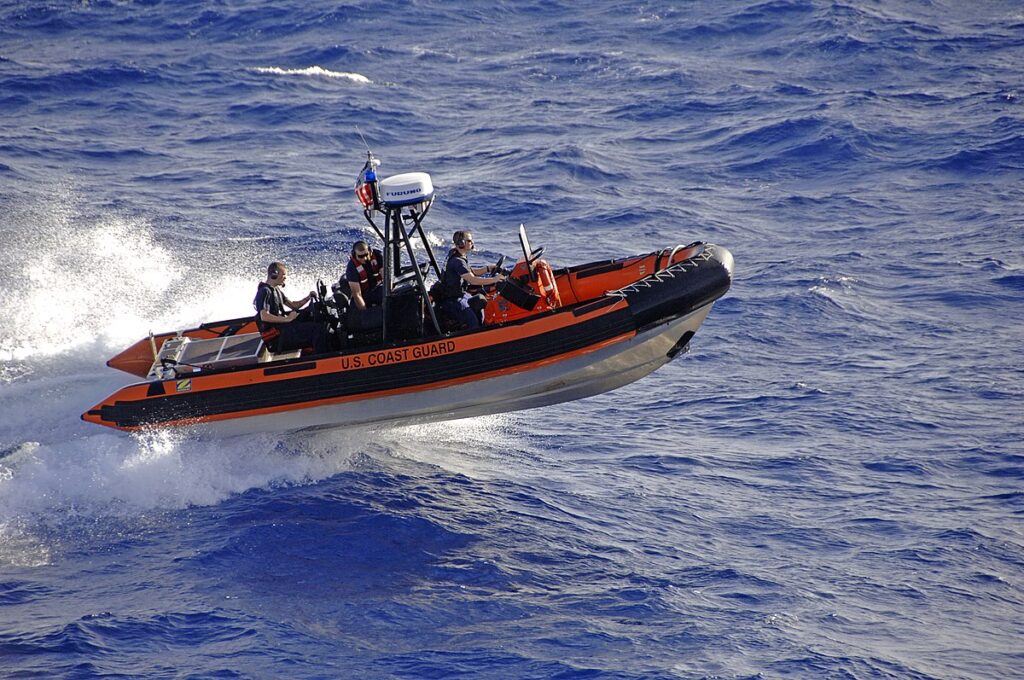The U.S. Coast Guard posted its strongest recruiting year in over three decades, hitting new milestones in Fiscal Year 2025 and sparking renewed attention on what drew so many Americans to serve.
The U.S. Coast Guard experienced its best year for recruitment in more than three decades, the service announced Friday. Leaders are crediting a mix of public visibility, mission variety, and targeted outreach for the surge in applicants. That growth has forced quick adjustments across training, personnel planning, and base operations. The service is now balancing enthusiasm with the realities of integrating thousands of new recruits.
Recruiting leaders point to a clearer connection between the service’s missions and public awareness. High-profile responses to storms, migrant interdiction, and maritime security put the Coast Guard in front of communities that had not considered it before. This visibility helped translate curiosity into actual enlistment applications. The result was a larger and more diverse candidate pool than seen in several years.
“The Coast Guard far exceeded our recruiting goals in Fiscal Year 2025, showing that more Americans want to serve in the Coast Guard than ever before,” said Adm. Kevin Lunday, acting commandant of the Coast Guard, […] The quote captures both pride and an immediate management challenge. Commanders must turn a recruiting victory into a sustainable force by improving retention and career development. That requires attention to housing, benefits, and predictable promotion tracks.
Training pipelines absorbed a sudden influx, requiring faster class starts and stretched instructor capacity. Boot camp and specialty schools adjusted schedules and resources to keep quality from slipping. The Coast Guard has a compact training model that can scale, but scaling quickly exposes logistical gaps. Those are now the focus of midlevel leaders and personnel planners.
Retention is the next test after recruitment success, and it often hinges on day-to-day life for service members. Pay, family support, and assignment stability weigh heavily when sailors and officers choose to reenlist. The service is experimenting with incentives and targeted career path improvements to lock in talent. If those measures work, this growth could reshape the force for a generation.
Growing recruitment also affects mission readiness in tangible ways, especially for cutters, aviation, and specialized shore units. More bodies mean the potential for better rotational cycles and less burnout if assignments are managed well. But new personnel require equipment, berthing, and training hours, which are not instantly available. Budget planners will need to align resources with manpower if the service intends to keep operational tempo steady.
Community outreach played a clear role, with recruiting teams going beyond traditional high school and college fairs. Events, local partnerships, and media coverage highlighted career paths that include law enforcement, environmental protection, and maritime safety. That broader pitch reached people who might otherwise have dismissed military service as limited to combat roles. The diversified message appears to be working.
The surge also invites scrutiny of selection and screening processes. As applicant volume rose, so did the responsibility to maintain standards while filling quotas. Medical, background, and aptitude evaluations must remain rigorous to protect mission effectiveness. Leaders say they are committed to upholding those standards even as they accelerate throughput.
On the policy side, lawmakers and service advocates will watch how recruitment gains translate into long-term readiness. Investments in ships, aircraft, and shore infrastructure must follow personnel increases to avoid a mismatch. For now, the recruitment news is a clear positive that opens strategic options if matched by smart follow-through. The next months will reveal whether the recruitment boom becomes a durable advantage for the service.



